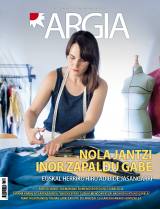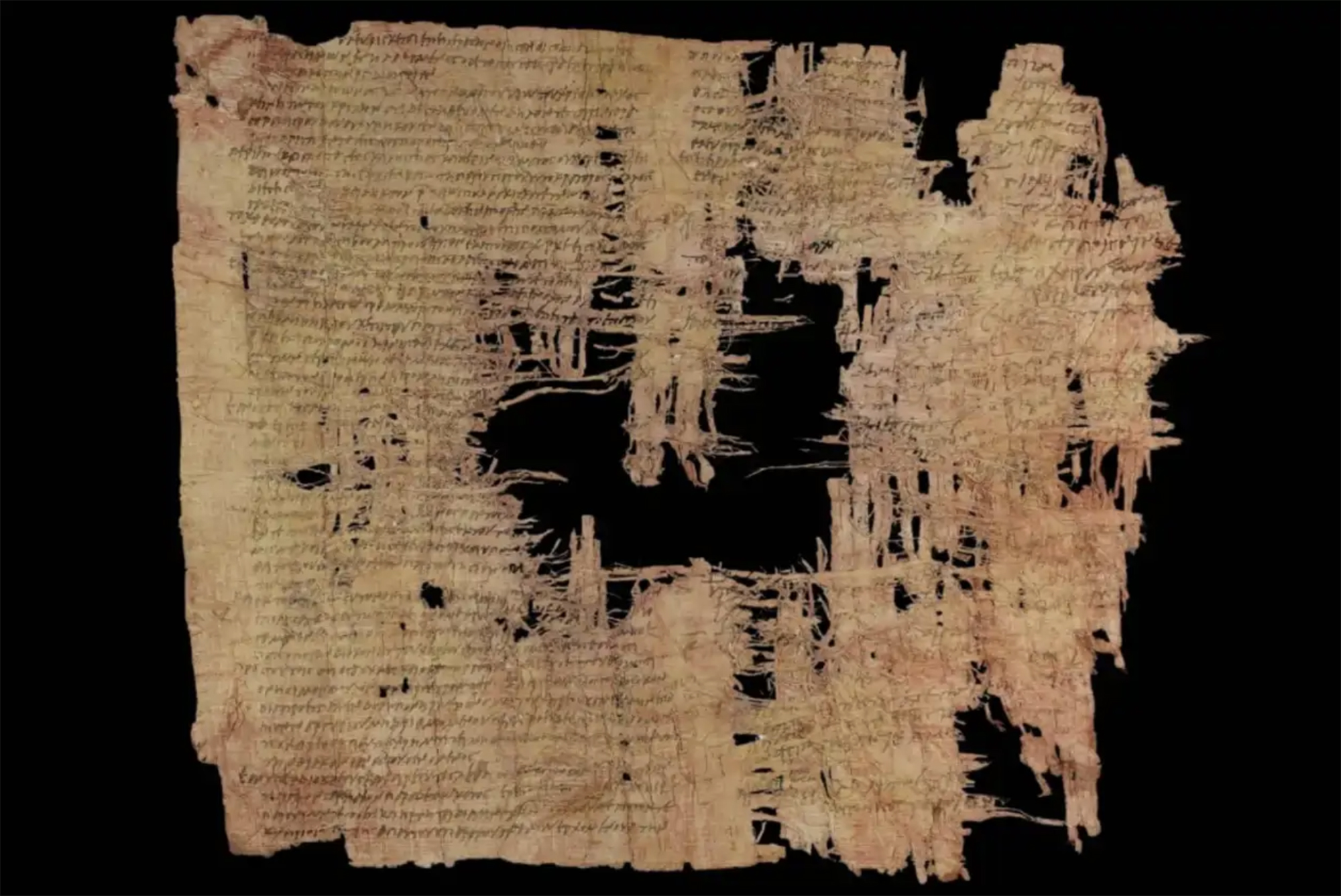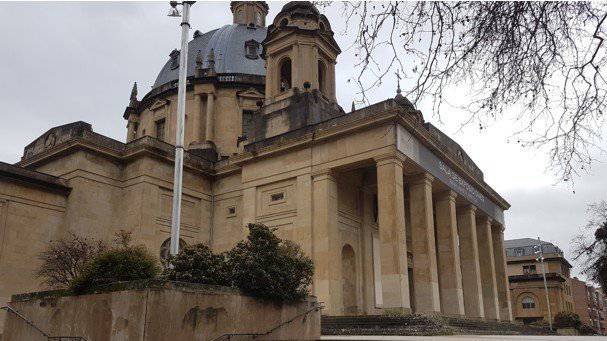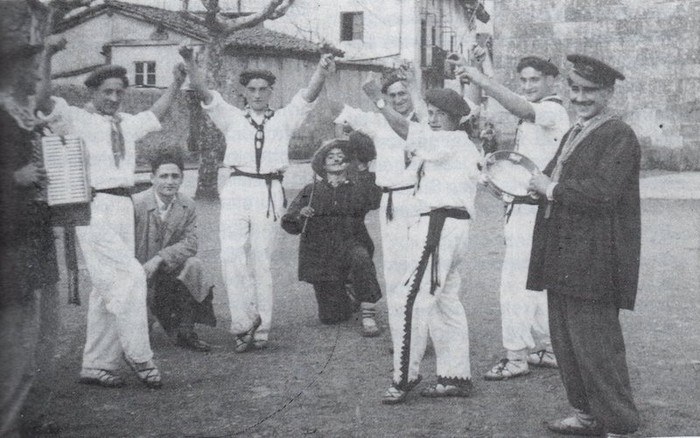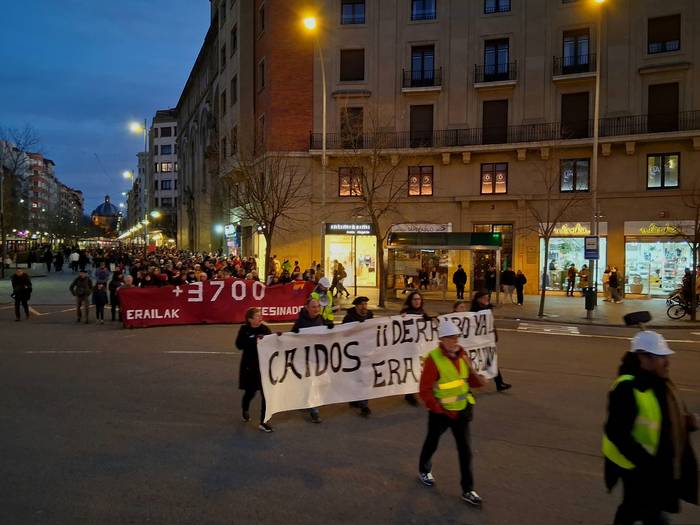Everything takes advantage of mummies
- Roman Empire, c. 1st century The Old Pliny (23-79) reported that the bitumen was used as a medicine to cure wounds and skin diseases, relieve toothache or, mixed with wine, interrupt the diarrhea. It was also used by the Greeks, they called it asphalt. The Persians, on the other hand, called it mumia and hence the word “mummy”. In fact, Egyptians used bitumen and resins to conserve carcasses.

In ancient times, the only source for a black mixture of organic substances was: Natural deposits around the Dead Sea. But when they discovered the old Egyptian mummies, they realized that they were coated with viscose black substances, because resins became blackened over time. Supposedly, an alternative source of a miracle drug was found, which was used by the Foral Police. Beginning in the 12th century, the Persian name of the substance began to be used to call the whole body, and the faculties of the bitumen were also attributed to the whole mummy. With this belief the marketing of merchants, in the Middle Ages mummies became coveted merchandise. They brought thousands of mummies into Europe to crush them and sell them powder. Whoever stays with the dust would acquire the mysterious power of mummies.
As mummies were getting harder and harder, prices soared. Some opportunists then began to produce mummies: they gave bitumen to bodies nobody wanted and let them dry in the sun to get mummy dust. In Europe, expensive placebo was consumed until the 18th century.
In the 19th century the elites of Victorian society gave another use to embalmed bodies: they organized parties to undress mummies. Some shows were held in houses, with few people; others in theatres, and the tickets ran out quickly.
In 1908, Egyptologist Margaret Murray removed the bandages from the mummies of the brothers Nekht-ankh and Khnumu-Nekht and analyzed the corpses before more than 500 people. I wanted to show that mummies were not magical, that they were unmystery corpses.
From the 16th century onwards, mummy powder was also used for pigment formation. When the English painter Edward Burne-Jones (1833-1898) learned about the main ingredient of the painting called momia-brown, he picked up all the bottles of that color he had in his studio and buried them with dignity, so that the profaned footprints could finally rest.
Judea, 2nd century AD. In the turbulent atmosphere of the Roman province, a trial was held against Gaddaliah and Saul, accused of fraud and tax evasion. The trial was reported on a 133-line paper in Greek (pictured). Thinking that it was a Nabataean document, the papyrus was... [+]
Poloniar ikerlari talde batek Sevillako Italica aztarnategiko Txorien Etxea aztertu du, eta eraikinaren zoruko mosaikoak erromatar garaiko hegazti-bilduma xeheena dela ondorioztatu du.
Txorien etxean 33 hegazti daude mosaikoetan xehetasun handiz irudikatuta. Beste... [+]
Archaeologists have discovered more than 600 engraved stones at the Vasagård site in Denmark. According to the results of the data, dating back to 4,900 years ago, it is also known that a violent eruption of a volcano occurred in Alaska at that time. The effects of this... [+]
Vietnam, February 7, 1965. The U.S. Air Force first used napalma against the civilian population. It was not the first time that gelatinous gasoline was used. It began to be launched with bombs during World War II and, in Vietnam itself, it was used during the Indochina War in... [+]
I just saw a series from another sad detective. All the plots take place on a remote island in Scotland. You know how these fictions work: many dead, ordinary people but not so many, and the dark green landscape. This time it reminded me of a trip I made to the Scottish... [+]
Japan, 8th century. In the middle of the Nara Era they began to use the term furoshiki, but until the Edo Era (XVII-XIX. the 20th century) did not spread. Furoshiki is the art of collecting objects in ovens, but its etymology makes its origin clear: furo means bath and shiki... [+]









